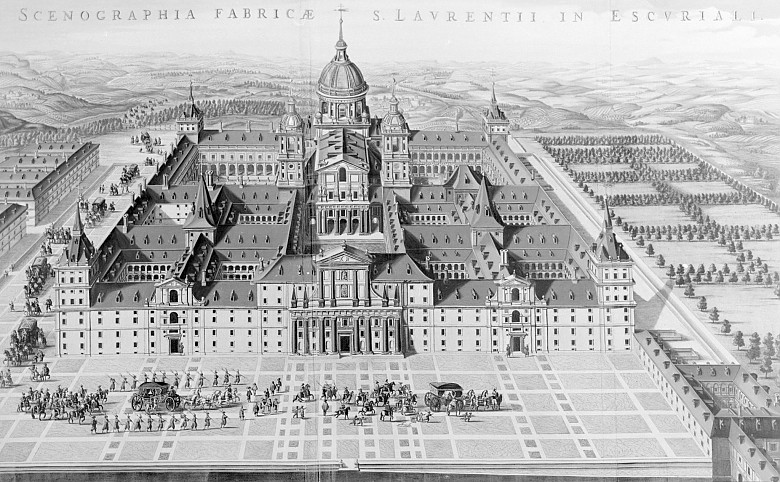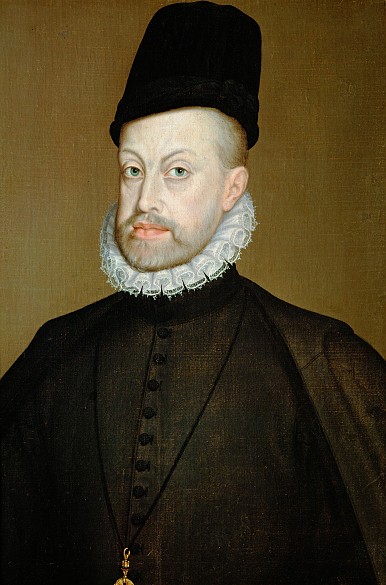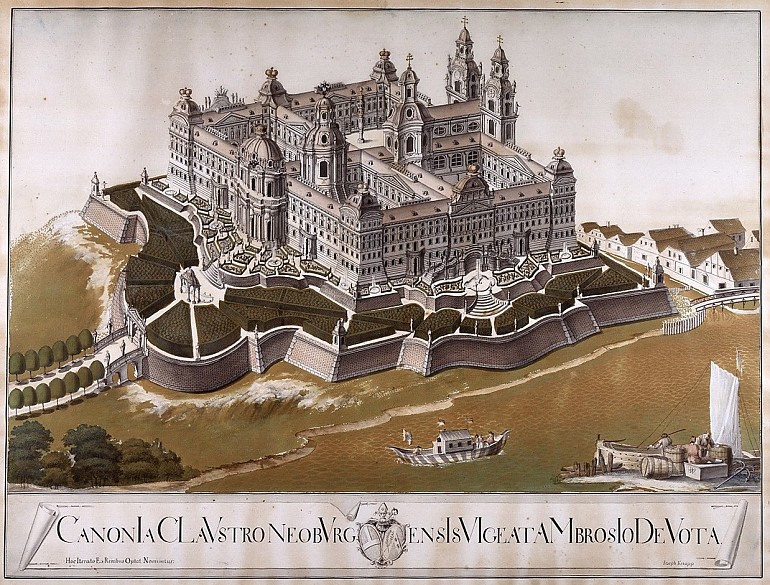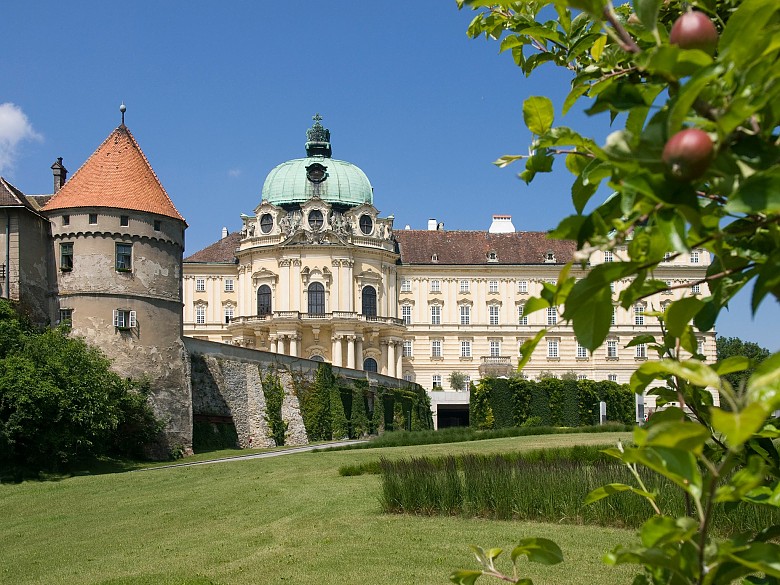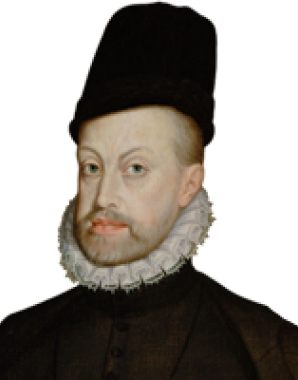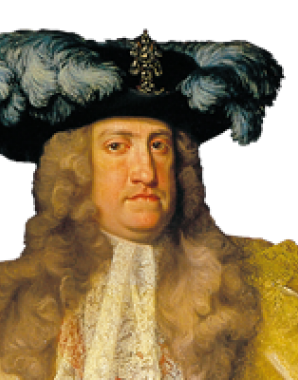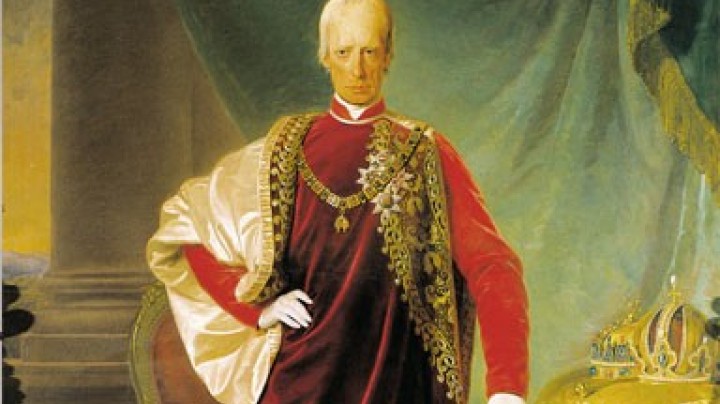The Escorial
When the Spanish Habsburgs were at the height of their power, Philip II had a palace built that can be understood as a symbol of the Habsburg ideology of rulership: the Escorial is the architectural manifestation of the dynasty’s claim to global dominion, the unlimited power of the monarch and the unshakable strength of the Catholic faith.
Situated on a bleak plateau at the heart of Castile, the huge complex represents the life work of Philip II, who right from the laying of the foundation stone in 1563 occupied himself with every last detail of the project: all the interim designs and accounts had to be submitted to him, and when he had checked and approved them, he added a laconic Está bien asi (‛It is good thus’) in the margin.
The gigantic dimensions of the complex contrast with Philip’s personal modesty and ascetic restraint. The plain façades of pale grey granite radiate severity and inapproachability; the individual is intended to feel small and helpless in the face of this colossal monumentality and uniform austerity shaped only by the monarch’s will. Work on the palace was completed in 1584, and its creator died here only four years later, reduce to immobility by chronic gout.
The Escorial is at once palace and monastery, mausoleum and museum, seminary and library and thus the architectural expression of the notion of the all-encompassing divine right of kings. Accordingly, at the centre of the complex stands a mighty church and the Royal Apartment is laid out around the sanctuary, in order that the king might see the high altar from his bedchamber. The church also contains the Pantheon, where the Spanish kings are entombed.
The Austrian Habsburg Charles VI, who had failed in his bid for the Spanish throne after the Spanish Habsburg line died out in 1700, was particularly impressed by the idea of the Escorial and thus determined to establish an Austrian Escorial at Klosterneuburg. Located in the immediate vicinity of Vienna and founded by the Babenberg dynasty, the abbey was almost predestined for this role, as it contained the tomb of the patron saint of Austria, Margrave Leopold III, and symbolized the spiritual foundations of the Monarchia Austriaca.
It was planned to demolish the medieval monastery complex and build a palatial Baroque monastery on the lines of the Escorial. The planned edifice was to be given a special architectural accent by the addition of nine towers, their cupolas topped by large-scale copies of the crowns of the House of Austria. After the death of the emperor in 1740 work on the building was halted, and the project remained uncompleted. Nonetheless, even in this form it gives an idea of the ideological programme of Habsburg power.
